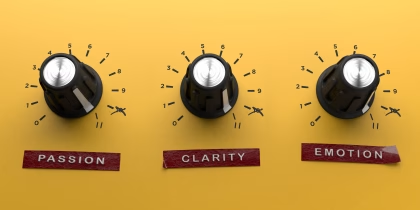Abstract: This work analyzes the decision-making process underlying choice behavior. First, neural and gaze activity were recorded experimentally from different subjects performing a choice task in a Web Interface. Second, choice models were fitted using rational, emotional and attentional features. The model’s predictions were evaluated in terms of their accuracy and rankings were made for each user. The results show that (1) the attentional models are the best in terms of its average performance across all users, but (2) each subject shows a different best model.
Related Posts
-

Why Dial Testing Alone Isn’t Enough in Media Testing — How to Build on It for Better Results
Consumer Insights
-

Tracking Emotional Engagement in Audience Measurement is Critical for Industry Success
Consumer Insights
-

How Real-Time Audience Intelligence Is Revolutionizing Modern Advertising
Consumer Insights
-

The Uncanny Valley And Designing Trust in Human-Robot Interaction
Academia



